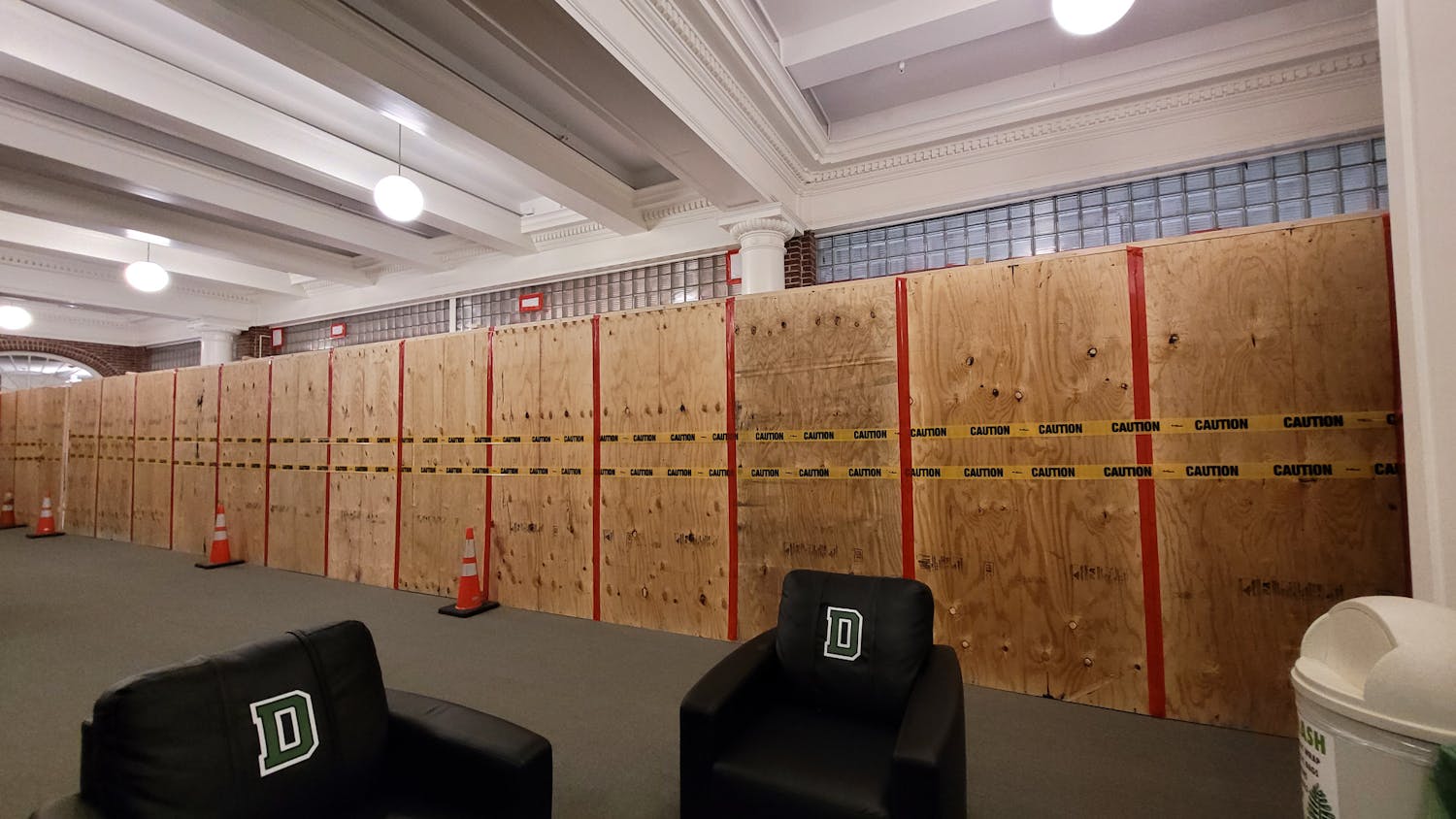This past Thanksgiving, many Dartmouth students were left wondering what to do with themselves during the five long weeks of winter break. Several students chose to spend some of that time participating in the December break opportunities program, run by the Center for Professional Development.
The CPD has been offering pre-professional interim opportunities for several years, associate director for advising Leslie Kingsley said, but the structure of the program was changed in December 2014. Previously, the program had been aimed at upperclass students, and required students to physically come into the CPD’s office to sign up for job shadows or projects.
Under the new system, Kingsley said that students can sign up for break opportunities through Dartboard rather than in-person, making it easier for them to find potential hosts. This also gives students who are off campus during the fall term a more fair chance to find job shadows or projects through the program, she said.
She noted that this system collecting data on outcomes, satisfaction and student performance easier.
The program also has been changed to allow parents of Dartmouth students to host job shadows or longer-term projects, she said. Previously the program had limited host positions only to Dartmouth alumni.
In addition, the program has been redesigned to have a greater focus on first-years and sophomores, she said. Priority registration is given to students in the CPD’s professional development accelerator program, a two-year program piloted in the 2014-2015 school year for incoming students to begin preparing for their professional lives early in their college careers. After that, first-years have priority access, then sophomores, then juniors and finally seniors.
“We see an extreme importance of involving our first-year students really from day one,” she said.
Brenda Miao ’19, who participated in a short-term project with the biotechnology company Celgene, said that she learned about December break opportunities on Dartboard, though she did not remember who first mentioned them to her. The application process entailed emailing the alumnus who offered the job shadow and providing her resume and a phone interview, she said. Ultimately she was one of three students chosen to participate in the program.
Cara Van Uden ’19, who also participated in the short-term project with Celgene, echoed Miao’s comments about the application process. She said that she was impressed that the application process was so quick, and at the collaboration between Celgene and the CPD in organizing and offering the opportunity.
While on the project, the students worked in three main areas. The first was to interview current employees about their motivation, engagement and how they would like the atmosphere to be improved, Miao said. The second was to create a video for the company, and the third was to decorate a wall in memory of cancer patients whom Celgene treated.
Van Uden said her favorite part of the program was a “lunch and learn” session the program’s coordinator organized between the different departments at the company. The employees at the lunch gave her insight and advice about their experiences at the company and about careers in general, she said.
The program offers two main types of opportunities: job shadows and short-term projects, Kingsley said. Job shadows are shorter term, often lasting around one to three days, and are designed to give students an overview of the career and show them a day in the life of a professional in the field. Some alumni might sponsor a single student for their job shadow, while others might host multiple students — the program is designed to offer alumni and parents flexibility in how they choose to organize their shadows, she said.
Short-term projects are longer than job shadows, typically lasting for around three weeks. The break is not long enough to offer students full-scale internships, Kingsley said, so the short-term projects serve as a sort of compromise — providing more depth than a job shadow while still fitting in the time constraints of winter break. Students on a short-term project might engage in research or marketing, Kingsley said.
While the CPD is still in the process of collecting responses from students and hosts who participated in the December break opportunities this year, Kingsley said that she has heard several students express enthusiasm for the short-term projects. She estimates that roughly 60 percent of the opportunities offered this break were job shadows, while the remaining 40 percent were short-term projects.
Kingsley said that the number of students who participated in the program was not available as of press time.
One of the goals of the program was to encourage students to learn how to properly communicate with professionals and to demonstrate the importance of following up and following through, Kingsley said. Most of the complaints the CPD has received about the program have been from alumni who complained about students who did not properly follow up about their job shadows, she said. In the future, the CPD will place a greater emphasis on the importance of proper communication.
Overall, feedback on the program has been positive, Kingsley said. Students have almost unanimously said they would recommend the program, she said.
Miao said her time at Celgene allowed her to gain exposure to biotechnology, reflecting positively on her experience.
“I’ve learned a lot about the biotech company and also just the industry in general,” Miao said. “I got to meet a lot of very inspirational, innovative people in the field. It was a really good experience.”



